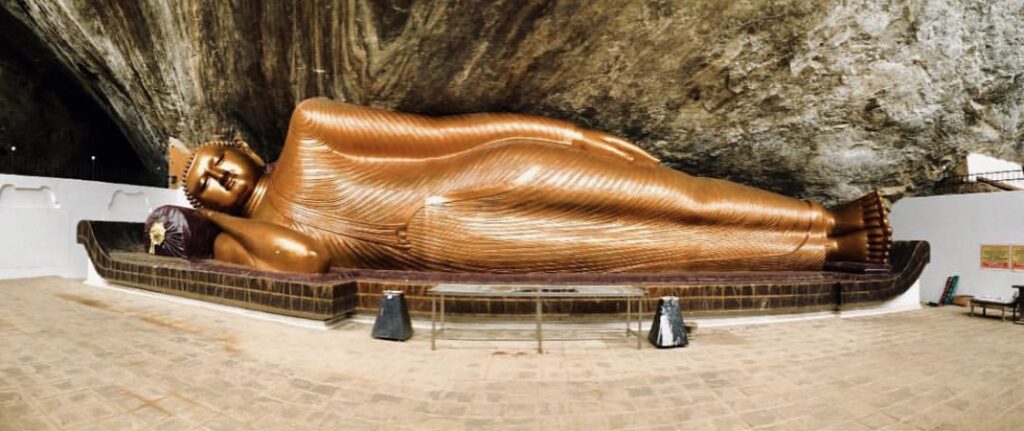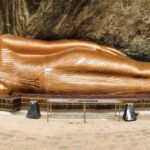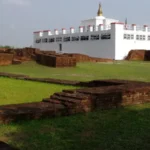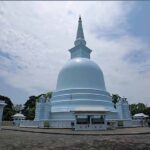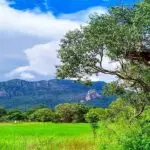Following the Steps of the Forgotten Pilgrim
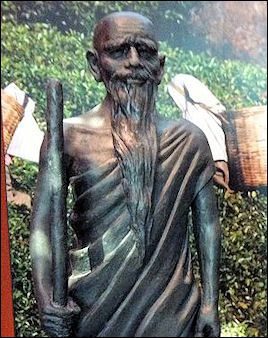
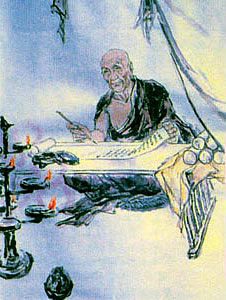
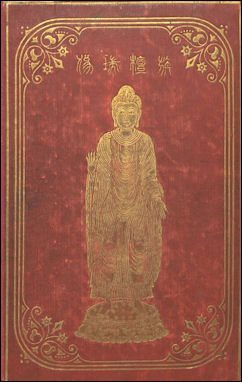
When the Chinese monk Faxian journeyed in the early 5th century in search of the roots of Buddhism, he recorded a path of devotion that modern maps now place in India. But what if those coordinates were misread? What if the Lanka mentioned in his writings wasn’t just a brief stop, but the very heart of his pilgrimage?
In this post, we explore Faxian’s travel notes through a new lens—matching them against Sri Lanka’s rich geography, sacred sites, and local traditions.
Faxian’s Purpose: Seeking the Dharma’s Purity
Faxian left China in 399 CE with a singular purpose: to collect Vinaya texts, understand the true monastic rules, and witness the places where the Buddha lived and taught. His pilgrimage wasn’t just spiritual—it was a historical inquiry. That makes his record incredibly valuable to us today.
Descriptions That Don’t Fit India
Many key clues from Faxian’s travelogues do not align with Indian geography:
- “Island surrounded by sea”: Faxian emphasizes this multiple times. Sri Lanka is the only major island in the region that fits.
- “Mountain ranges from north to south, with a central peak”: This matches the Knuckles-Ritigala region.
- “Stupa housing Buddha’s hair relics”: Tapassu and Bhallika’s relic stupa can be matched to Thiriyaya (Girihandu Seya).
- Tooth Relic Rituals: Detailed descriptions of the tooth relic shrine, its royal offerings, and sacred rites align with the Dalada tradition in Lanka, not India.
- Naga kingdoms and sea-travel references: Consistently show Lankan-style tribal systems and maritime travel.
Misidentifications in Colonial Translations
Faxian’s writings were translated by 19th-century scholars such as James Legge and Samuel Beal. Their mission, while sincere, often involved force-fitting names like “Pataliputra” and “Sravasti” onto Indian locations, sometimes with no geographical match.
What if these identifications were influenced more by assumption than evidence? Our research suggests many of these sites better align with Lankan counterparts:
| Faxian Name | Indian Match (Traditional) | Lankan Counterpart (Reinterpreted) |
|---|---|---|
| Tooth Relic Shrine | Dantapura (India) | Siriwattana or Aluvihara (Matale) |
| Hair Relic Stupa | Balkh/Bihar | Thiriyaya (Girihandu Seya) |
| Great Monastery | Nalanda | Abhayagiriya / Mihintale |
| Naga Kingdom | Odisha area | Padaviya / Kelaniya |
Comparing the Map: India vs Lanka
When we plot Faxian’s reported journey points in sequence, the geographical logic fails in northern India. However, when re-plotted across Sri Lanka—from Trincomalee to Anuradhapura, then down through Ritigala, Matale, and coastal cities—his descriptions begin to match almost perfectly.
- Arrival by sea: Matches Lanka’s east coast
- Hair relic and Naga temples: Trincomalee and north-eastern zones
- Mountain passes and central forests: Ritigala, Wasgamuwa, Knuckles
- Tooth relic rituals: Dambadeniya / Aluvihara
- Final departure by sea: Fits the southern or eastern exit points
Why This Matters
Revisiting Faxian’s journey isn’t just a historical curiosity. It opens doors to a larger truth:
- Many sacred locations may have been misattributed
- Colonial readings of Buddhist geography may have ignored local Sri Lankan records
- The spiritual heritage of Lanka deserves a fresh look, rooted in ancient texts
Sources Used:
- Faxian’s Record of Buddhist Kingdoms (James Legge translation, 1886)
- Girihandu Seya site records
- Mahavansa and Saddharmaratnavaliya
- Sri Lankan archaeological maps and oral traditions
- Tooth Relic histories from Dambadeniya and Kandy
Closing Thoughts
Faxian’s steps still echo today—but perhaps they echo most loudly in Lanka. By retracing his path with clarity, not colonial filters, we may be rediscovering the true sacred geography of the Buddha’s life.
